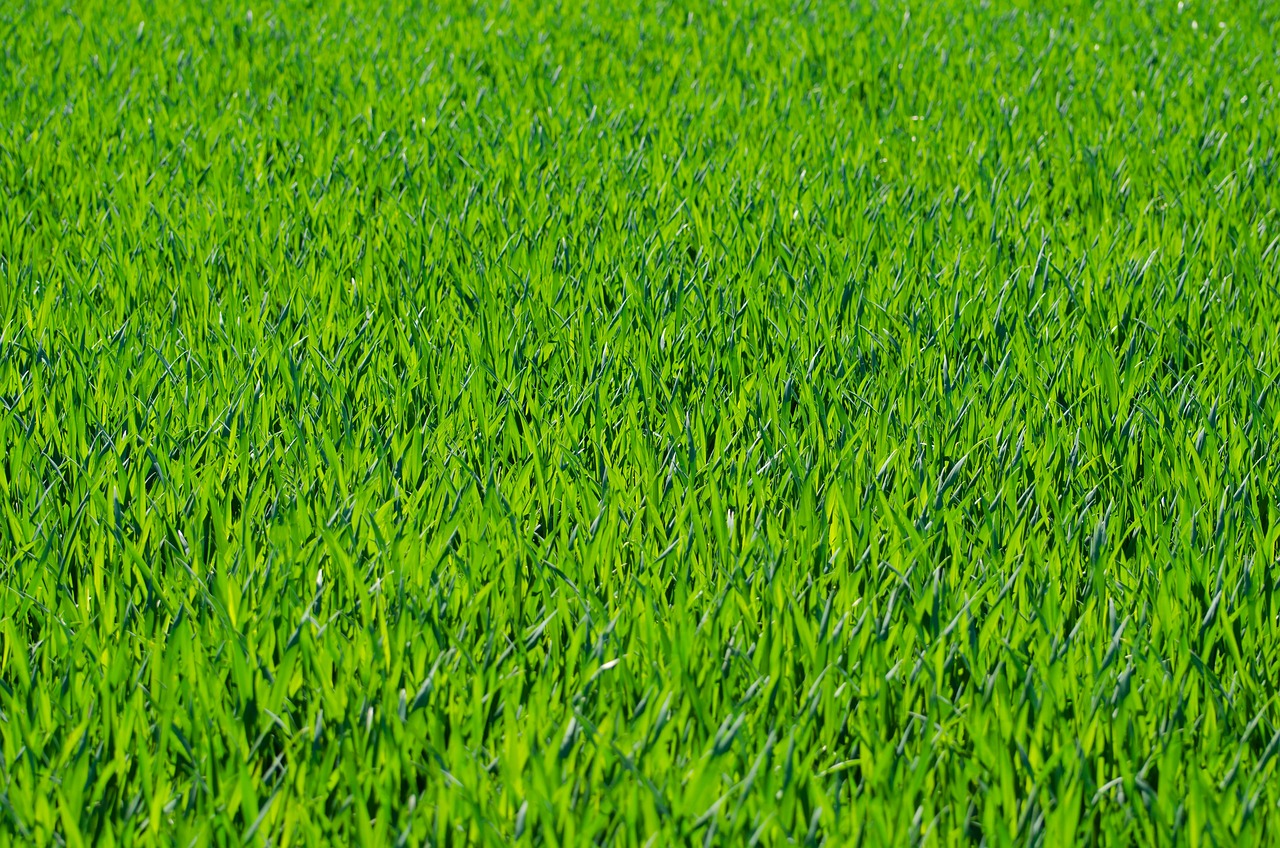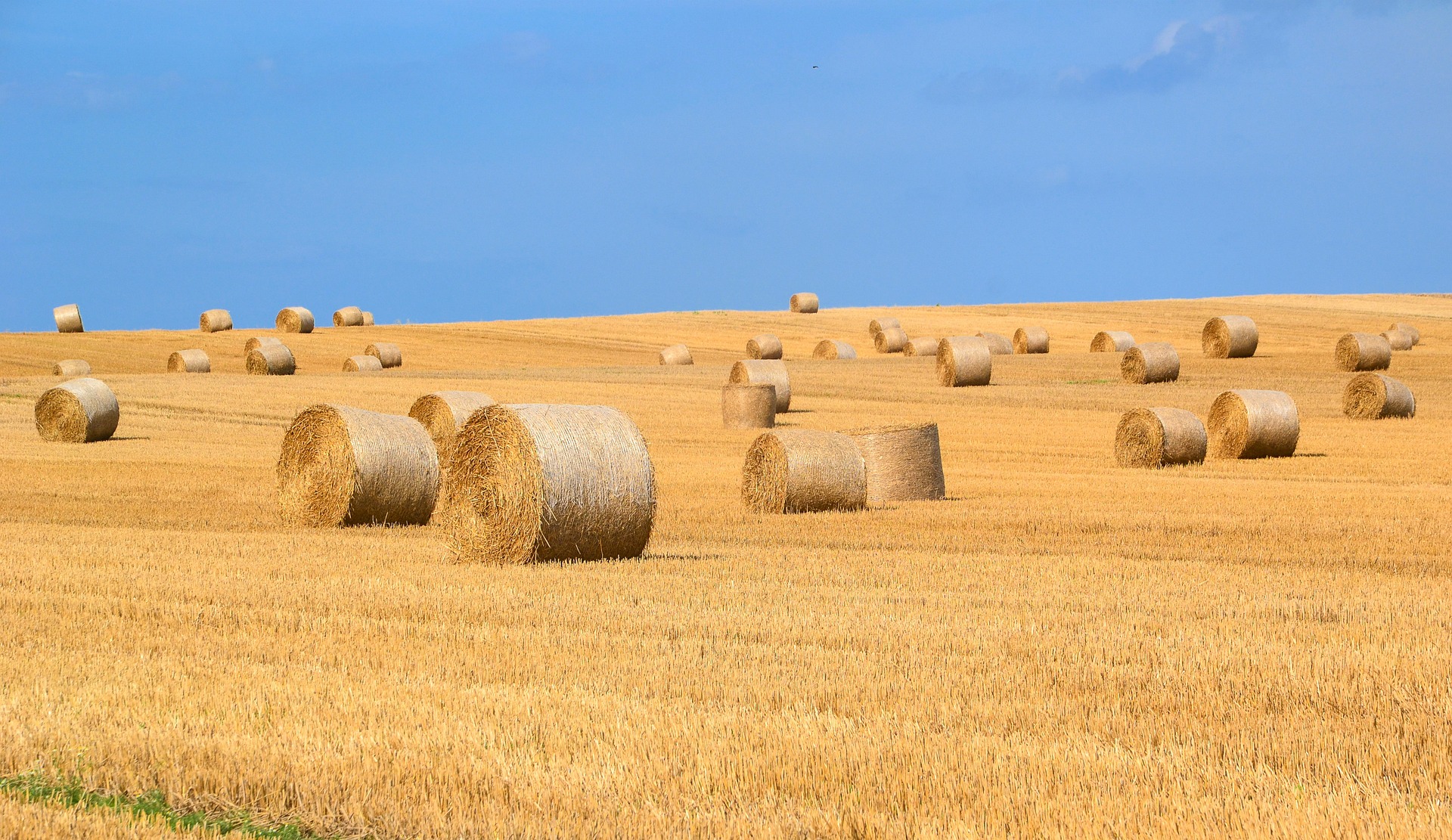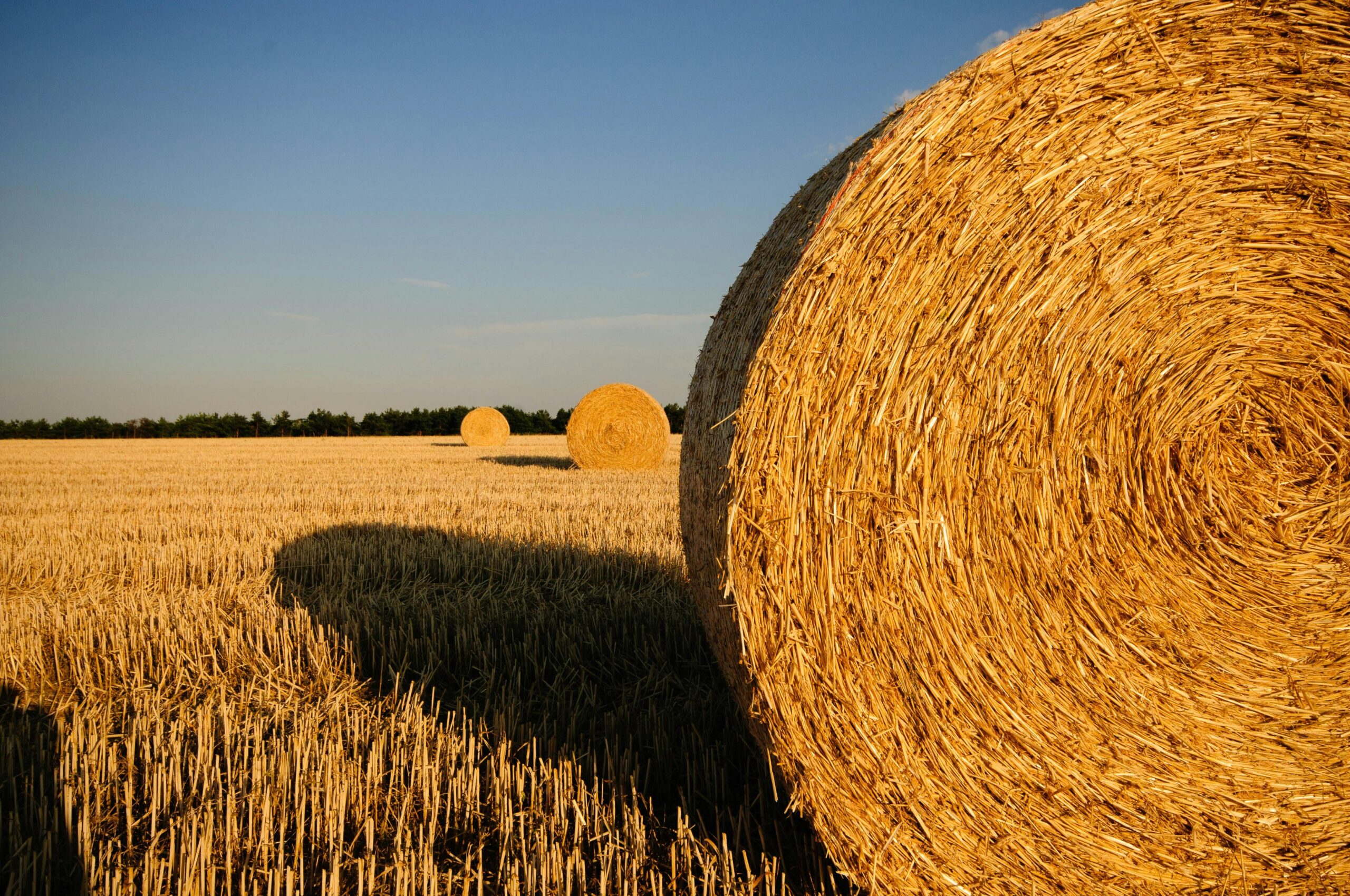Planting Bermuda Grass Seed for Lush Lawns Year-Round
Introduction to Bermuda Grass
Bermuda grass is a favorite among homeowners, gardeners, and landscapers looking to cultivate a durable and attractive lawn. Known for its dense growth and resilience, Bermuda grass thrives in warm climates, making it an excellent choice for regions with hot summers. It adapts well to various soil types, from sandy to clay-rich grounds, offering a versatile solution for many landscapes.
Bermuda grass is highly regarded for its ability to withstand high traffic, drought conditions, and even salty environments. These attributes make it a popular choice for lawns, sports fields, and golf courses. Its rapid growth rate allows for quick establishment, ensuring lush coverage and minimal maintenance once fully established. Understanding when to plant Bermuda grass seed is crucial to achieving a thriving lawn.
Whether you are a homeowner looking to improve your yard, a gardener seeking to expand your green thumb, or a landscaper aiming for client satisfaction, this guide provides essential insights into planting Bermuda grass. We will cover the optimal planting times, soil preparation techniques, seed selection, and ongoing care to ensure your Bermuda grass thrives in its environment.
Optimal Planting Time
Planting Bermuda grass at the right time is essential for successful growth and establishment. The best time to plant Bermuda grass seed is during the warm months when soil temperatures consistently reach 65 to 70 degrees Fahrenheit. This generally occurs from late spring to early summer, depending on your geographical location.
In southern regions, such as the southern United States, planting can begin as early as April or May. In contrast, northern areas may need to wait until June when temperatures rise sufficiently. Planting during these warm months ensures that the seeds germinate quickly, as Bermuda grass seeds require heat to break dormancy and begin growing.
Timing is also key when considering regional weather patterns. Avoid planting during periods of heavy rainfall, which can wash away seeds before they have the chance to establish. Similarly, refrain from planting just before an expected cold snap, as young seedlings are susceptible to damage from frost. By selecting the optimal planting time, you set the stage for a healthy and vibrant lawn.
Preparing the Soil
Proper soil preparation is a critical step in the successful growth of Bermuda grass. Begin by conducting a soil test to determine the pH level and nutrient content of your soil. Bermuda grass prefers a pH range of 6.0 to 7.0, so adjust accordingly using lime or sulfur as needed. A soil test also reveals nutrient deficiencies, guiding your fertilizer selection.
Once you understand your soil’s condition, prepare the area by removing any existing vegetation and debris. Use a tiller to loosen the top 6 to 8 inches of soil, breaking up clumps and promoting good root penetration. Rake the surface smooth and level, ensuring gentle slopes for proper drainage.
Incorporate organic matter, such as compost or well-rotted manure, to improve soil structure and enhance moisture retention. If the soil test indicates nutrient deficiencies, apply a balanced fertilizer to provide essential nutrients for seedling development. Proper soil preparation creates an environment conducive to healthy seed germination and root growth.
Choosing the Right Seed
Selecting the right Bermuda grass seed is vital for achieving the desired lawn appearance and performance. Consider factors such as seed variety, quality, and quantity needed. Different Bermuda grass varieties offer unique attributes, so choose one that aligns with your climate and usage needs.
Commonly used varieties include common Bermuda, which is widely adaptable, and hybrid types like Tifway 419, known for its fine texture and aesthetic appeal. For areas with extreme heat, opt for varieties engineered for heat tolerance. Always purchase certified seed to ensure purity and minimize weed contamination.
Calculate the amount of seed required based on your lawn size and the seeding rate recommended by the seed supplier. Typically, seeding rates range from 1 to 2 pounds per 1,000 square feet, depending on the seed variety and desired density. Investing in high-quality seed pays off in the long run with a dense and beautiful lawn.
Planting Techniques
Planting Bermuda grass seed involves several key steps to ensure successful germination and establishment. Begin by broadcasting the seed evenly across the prepared soil surface. Use a hand spreader or mechanical seeder for uniform distribution, covering the area thoroughly.
After sowing the seed, lightly rake the surface to ensure good seed-to-soil contact. This step is crucial for successful germination, as it helps anchor the seeds and facilitates moisture uptake. Avoid burying the seed too deeply; a light covering of soil is sufficient.
Water the newly seeded area gently but thoroughly to moisten the top inch of soil. Continue to water daily, keeping the soil consistently moist but not waterlogged, until seedlings establish. Once the grass reaches a few inches in height, reduce watering frequency to encourage deeper root growth. Proper planting techniques set the foundation for a robust lawn.
Seasonal Care
Caring for Bermuda grass requires attention throughout the different seasons of growth. During the initial establishment phase, maintain a consistent watering schedule to support seedling development. As the grass matures, transition to deeper, less frequent watering to promote drought tolerance.
Mowing is an essential aspect of Bermuda grass care, and it helps maintain a healthy and attractive lawn. Once the grass reaches a height of 2 to 3 inches, begin mowing regularly, keeping it at a height of around 1 to 2 inches. This encourages lateral growth and prevents the development of weeds.
Weed control is crucial, especially during the early stages of growth. Hand-pull or apply selective herbicides to manage weeds without damaging the grass. Regularly inspect your lawn for signs of pests or diseases, and address any issues promptly to ensure your Bermuda grass remains healthy and vibrant throughout the year.
Troubleshooting
Despite your best efforts, challenges may arise during the planting and growing process of Bermuda grass. Common issues include poor germination, uneven growth, and weed infestations. Understanding these problems and their solutions can help you overcome them effectively.
Poor germination may result from inadequate seed-to-soil contact, insufficient watering, or planting during unfavorable weather conditions. Ensure seeds are properly sown and watered consistently to improve germination rates. If growth appears uneven, assess soil conditions and consider reseeding sparse areas.
Weed infestations can compete with young Bermuda grass seedlings, hampering their growth. Use pre-emergent herbicides before planting to prevent weed seed germination, and apply post-emergent treatments as needed. Regular monitoring and timely intervention prevent minor issues from becoming major setbacks.
In Conclusion
Planting Bermuda grass seed can transform your lawn into a lush and resilient landscape. By understanding the optimal planting time, preparing the soil, choosing the right seed, and following proper planting techniques, you set the stage for success. With ongoing seasonal care and troubleshooting, your Bermuda grass will thrive and enhance the beauty of your outdoor space.
Whether you’re a homeowner, gardener, or landscaper, the tips and insights shared in this guide empower you to cultivate a vibrant and healthy lawn. Share your experiences and seek further advice as you embark on your Bermuda grass planting journey. Here’s to a greener and more beautiful world, one lawn at a time.



